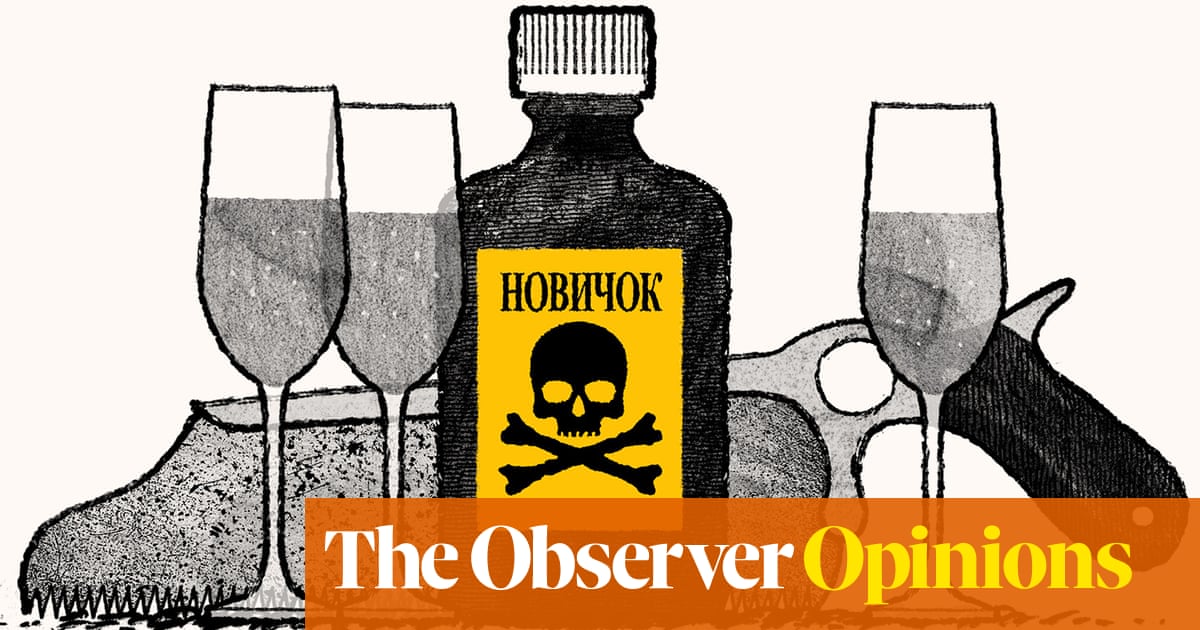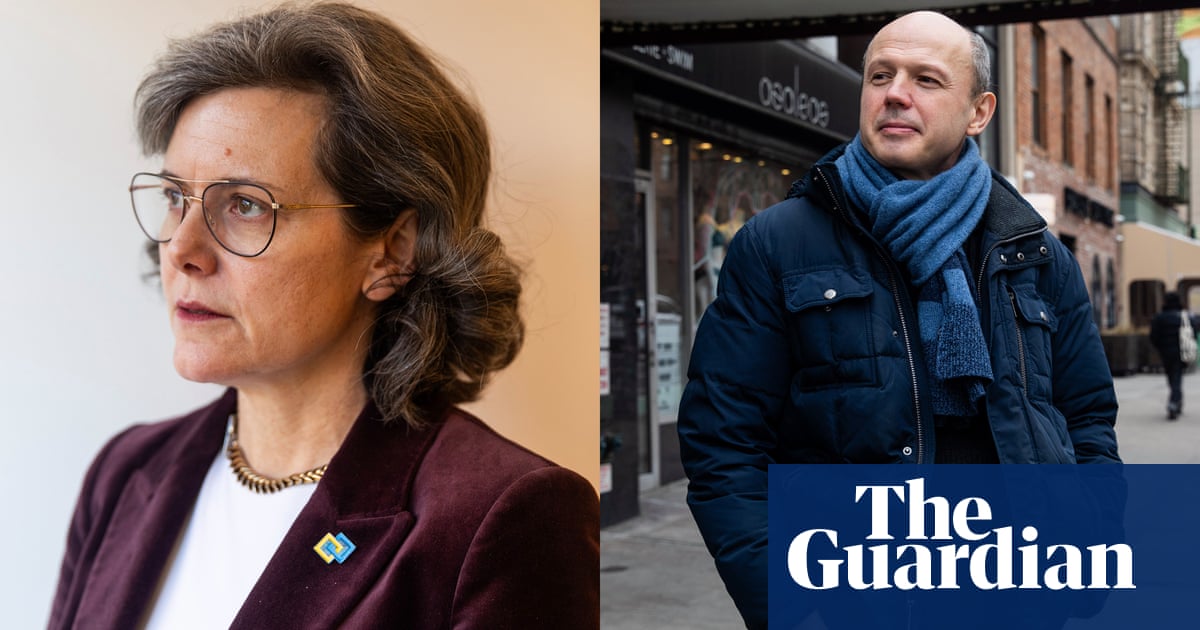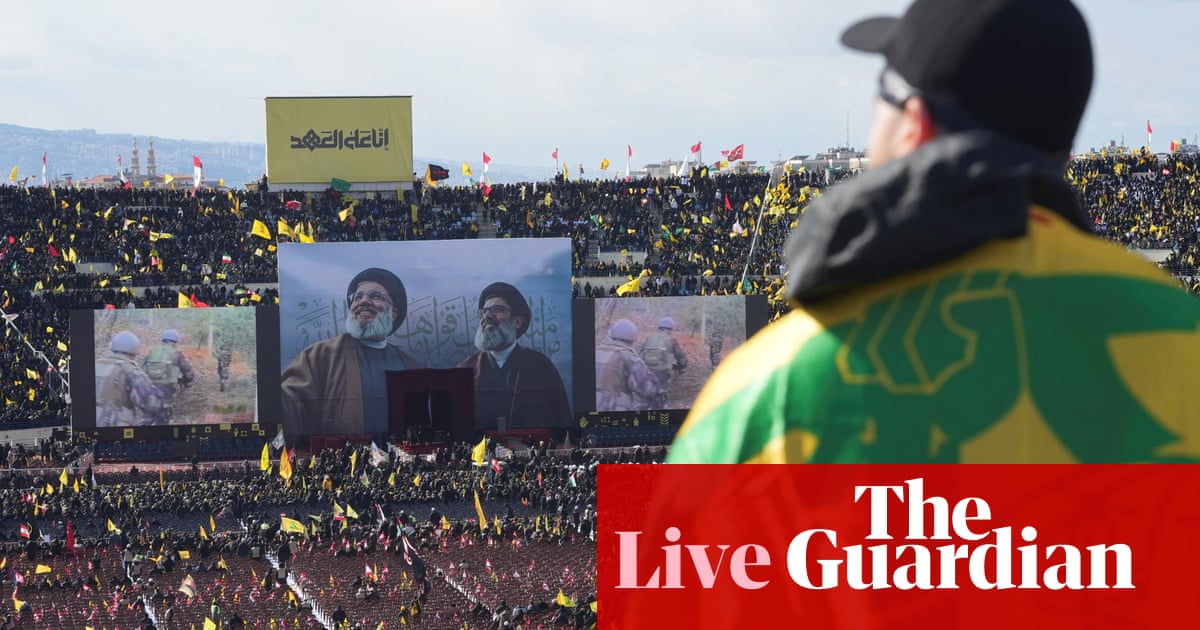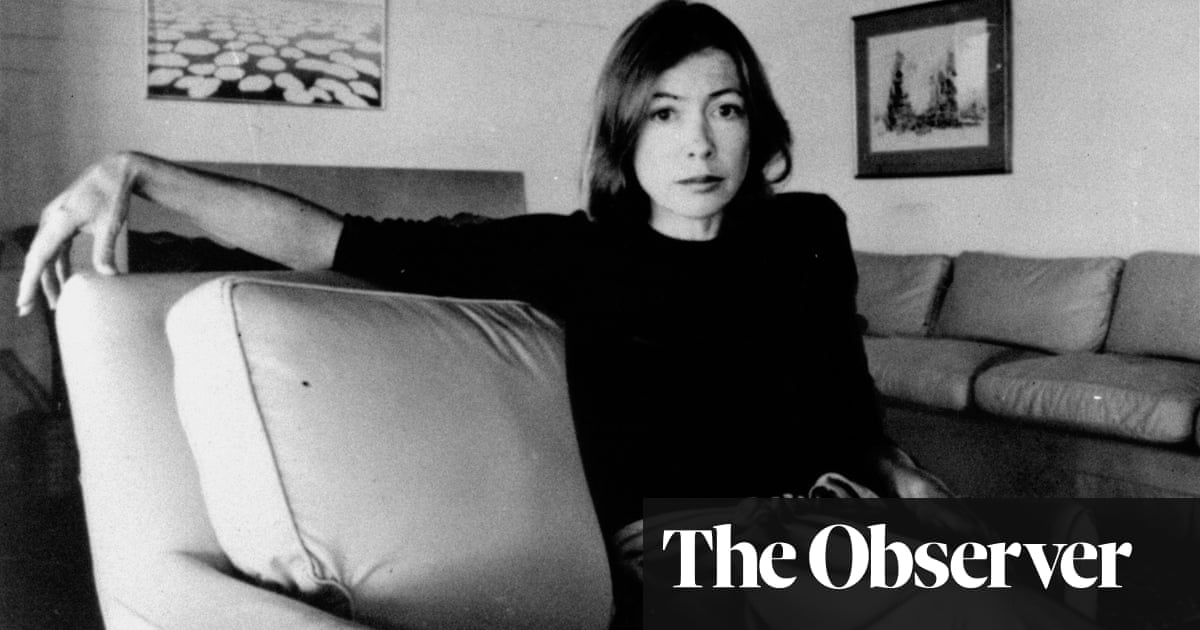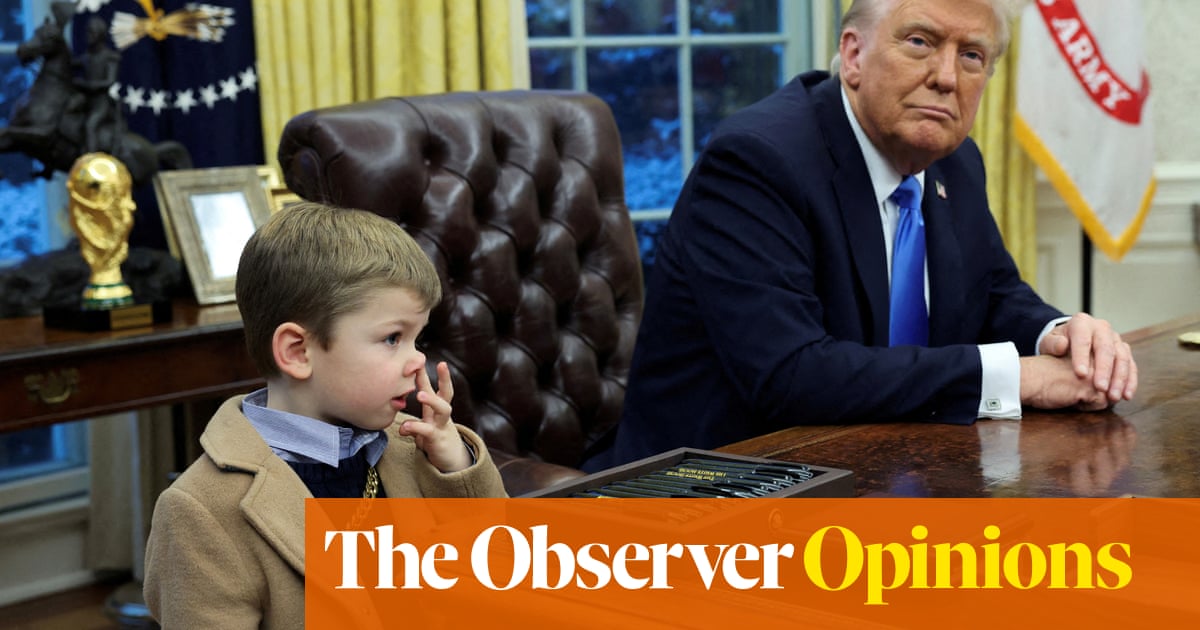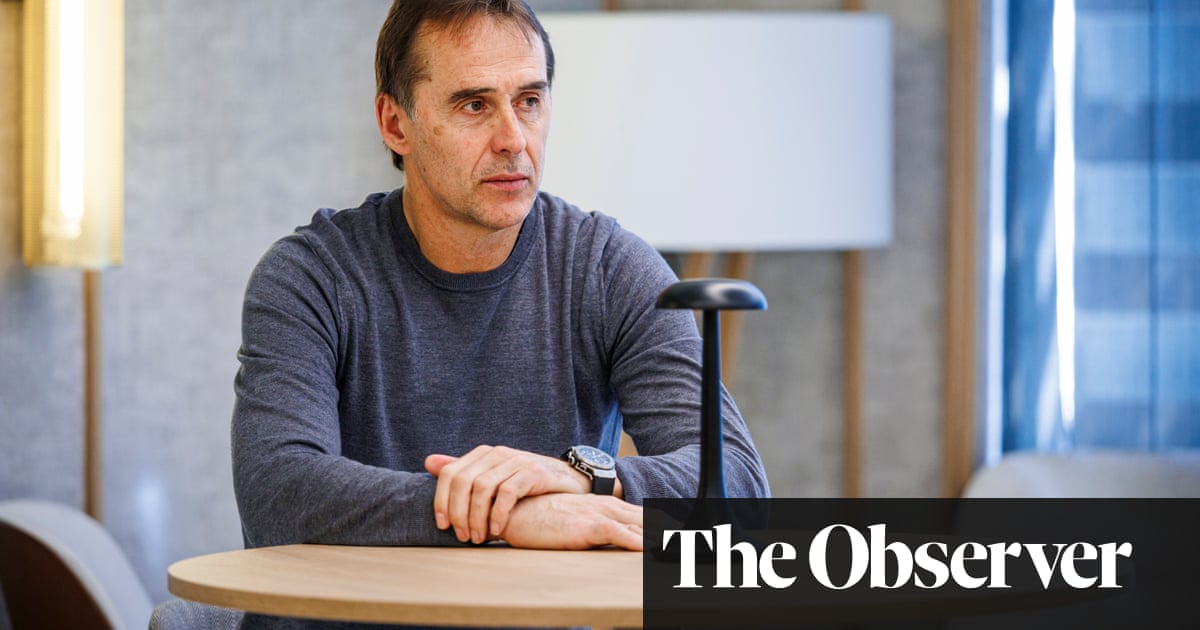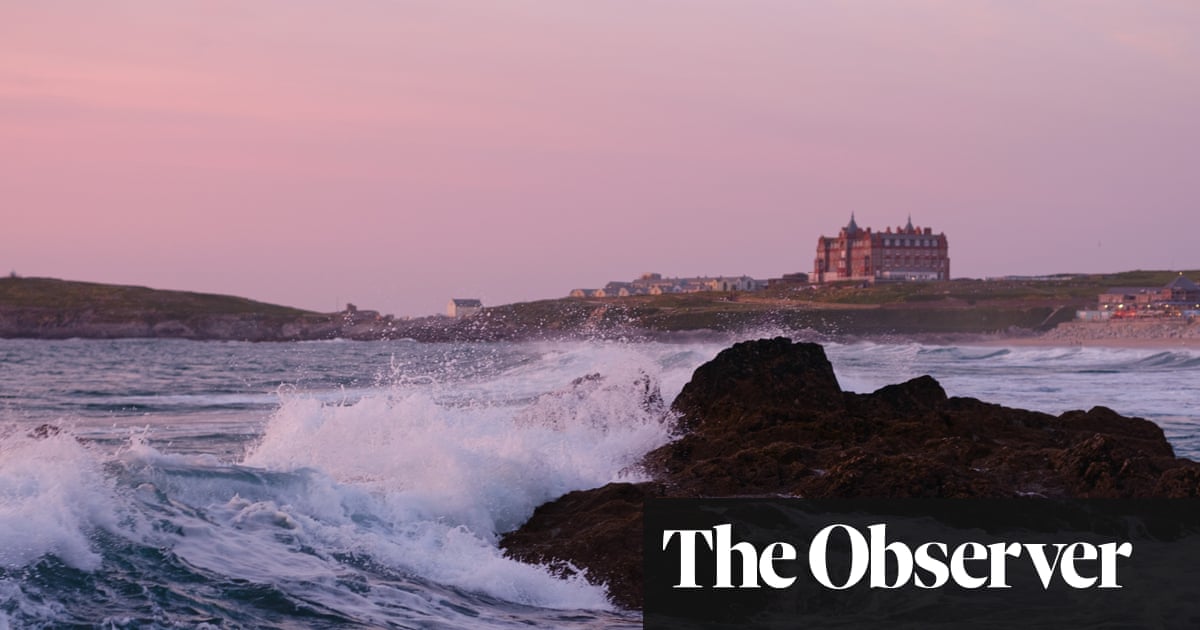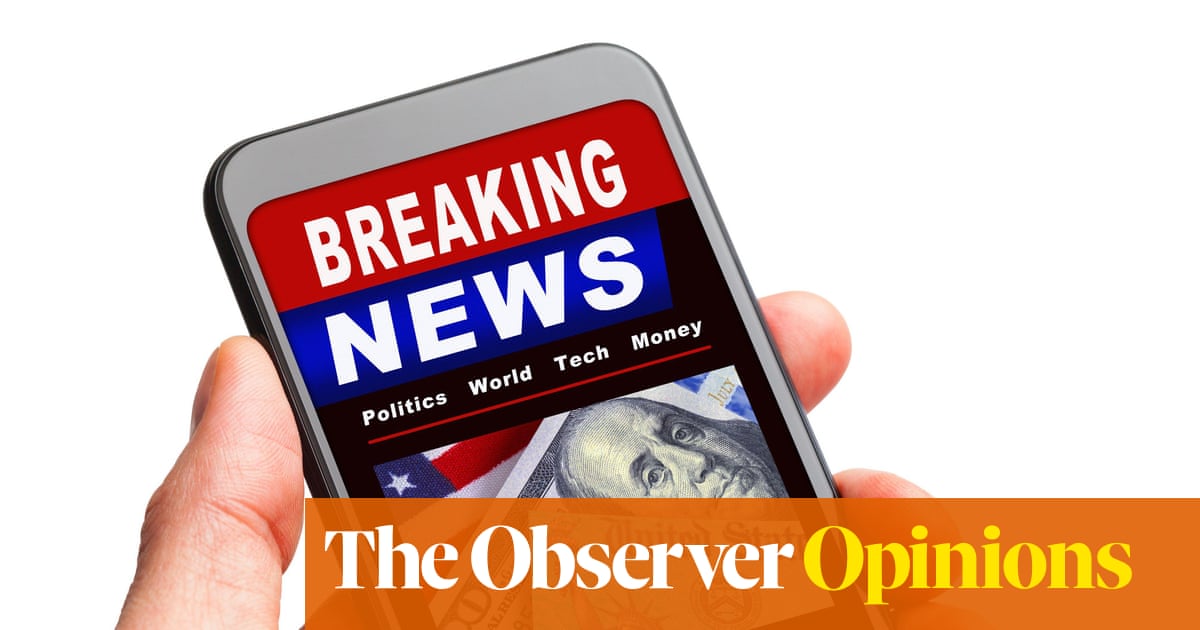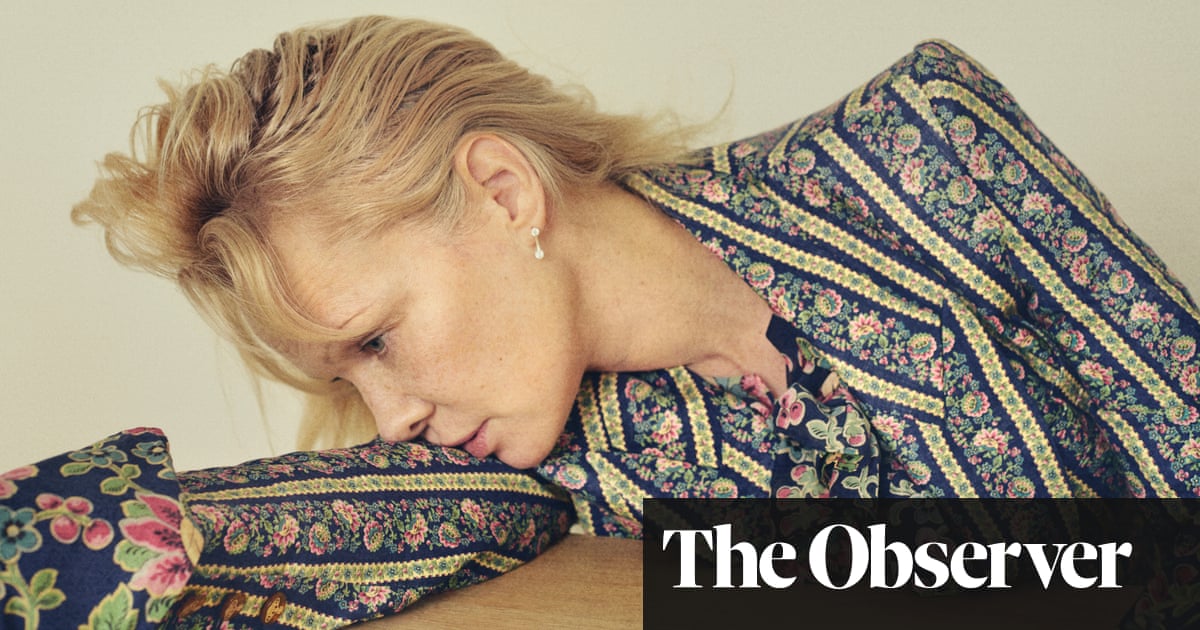As I stepped into my office and checked my client list for the day, I was surprised to see a name pop up that hadn’t been there for a while. It was Kareem, a young father of two who had recently arrived to Australia from war-torn Iraq. During our session, he described that he thought his symptoms were under control and he was recovering well. But suddenly he was transported back to the blast that left him with a traumatic brain injury and months of rehabilitation. “What was the thing that took you back there?” I asked him. He said it was “hearing a song”, the same song that was playing in his car just before the blast hit.
In my work with survivors of war, it has become clear that an individual’s sense of safety after a trauma seems particularly difficult to maintain when the trauma occurred during the most mundane tasks. This could be things such as attending university before there was a siege or driving home from work before being stuck in a blockade with rapid fire ahead.
Kareem was an ordinary person like you and me, doing ordinary things before being struck by the most extraordinary of circumstances.
Trauma is defined as a distressing event, experienced or witnessed, that can overwhelm an individual’s capacity to cope. These stressors can lead to symptoms such as anxiety, sleep disturbance, flashbacks, mood fluctuation, isolation and withdrawal from things they used to enjoy. When these symptoms cluster together it can lead to the diagnosis of post-traumatic stress disorder (PTSD).
But it is not just individuals with first-hand experience of trauma like Kareem who might be susceptible to this distress response. It could also be us. Witnessing the trauma of others, we can experience secondary or vicarious trauma.
Currently some of us are experiencing this trauma as a result of witnessing and hearing about the ongoing hardship of others, be it the global warming crisis or the atrocities occurring in many parts of the world including Gaza, Ukraine and Sudan. Exposure to the constant stream of distressing images, videos and first-hand accounts from survivors can result in symptoms of vicarious trauma that range from mild agitation to those resembling PTSD.
We are drawn to feel the pain of others but identifying with these stories could be a double-edged sword: the more we identify with the people experiencing the trauma, the more we ourselves are likely to be traumatised.
How can we begin to heal?
Some of us are experiencing a collective trauma, and to heal collectively we need to begin by acknowledging the human experience behind the stream of horrific images we are ingesting daily. This experience needs to be centred in our common humanity, not because we share the same colour, gender or creed. From there we need to face the struggle of reconciling the irreconcilable as these traumatic events might clash with our worldview, like our understanding of justice, equality or human rights.
The bigger the gap between our values and the distressing events, the bigger the vicarious trauma. We can begin to bridge this gap by either adjusting our worldview, for example reassessing how we feel about what we see, or integrating the trauma into our current beliefs and views such as aligning it to our present notions of human rights.
If we bridge this gap successfully then post-traumatic growth (PTG) may occur. PTG is a process where there is a seismic shift in the psyche, worldview and meaning making of an individual as a result of exposure to a traumatic event. PTG doesn’t mean the pain has gone away – it means our perspective of the pain and ourself has changed post-trauma. There are things that can support our transition to growth, including sharing our difficulties with others, employing positive coping strategies like self-care, drawing meaning from spirituality, reflecting on our shared resilience and common humanity.
When speaking to Kareem and other clients who have experienced different degrees of trauma, I encourage them to think of trauma as a wound. You can cover it up and pretend it’s not there. You can keep picking at it and ruminate over each image. Or you can let it breathe, find air. It is still there but slowly it has a chance to heal.
This is a difficult process. We lose hope and retreat. We find the strength to speak before becoming exhausted. Our common humanity makes us cry for others, connected in this moment of global grief but then realising we have to also attend to our everyday existence.
It is a tiring cycle and at times it might seem our only solution is to disengage. But feeling the vibration is a start, reconnecting with the stories is a start, and taking a deep breath carries a whole new meaning when we air our wounds together.
*Kareem is a fictitious amalgam of clients
Sara Mussa is a psychologist based in Melbourne

 2 months ago
54
2 months ago
54



